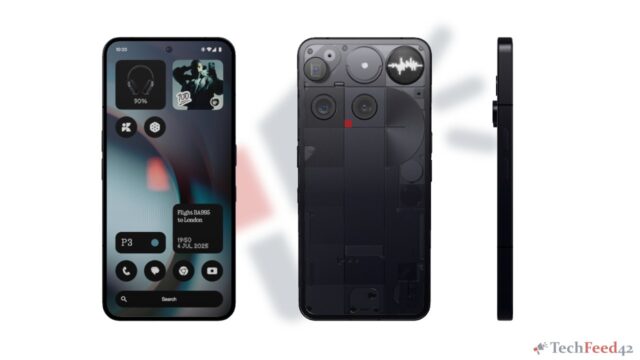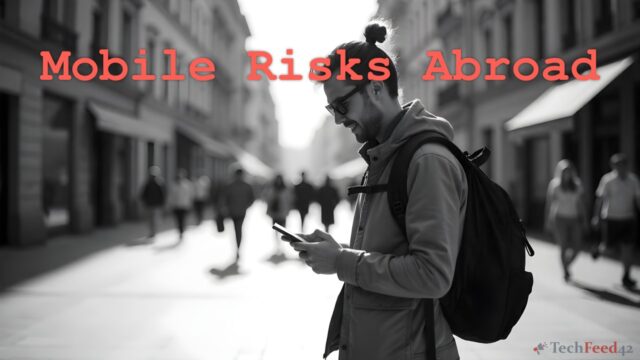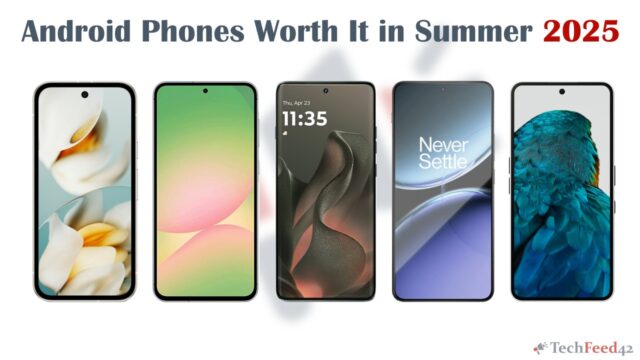I have been walking and playing Pokemon Go with my niece for years. She has played the game for 8 years on her Android phone. Together we have caught so many exotic Pokemon, earned millions of XP, and walked countless miles. It’s been one of our favorite ways to spend time outdoors and have fun. But today, something went wrong.
As usual, we set out on our daily walk. She opened the Pokemon Go app on her Android phone, but this time the game didn’t start. Instead, it told her she needed to update it. That seemed normal at first, so we tried to update the game through the Google Play Store. But then we got an unexpected message saying her phone was no longer compatible with Pokemon Go.
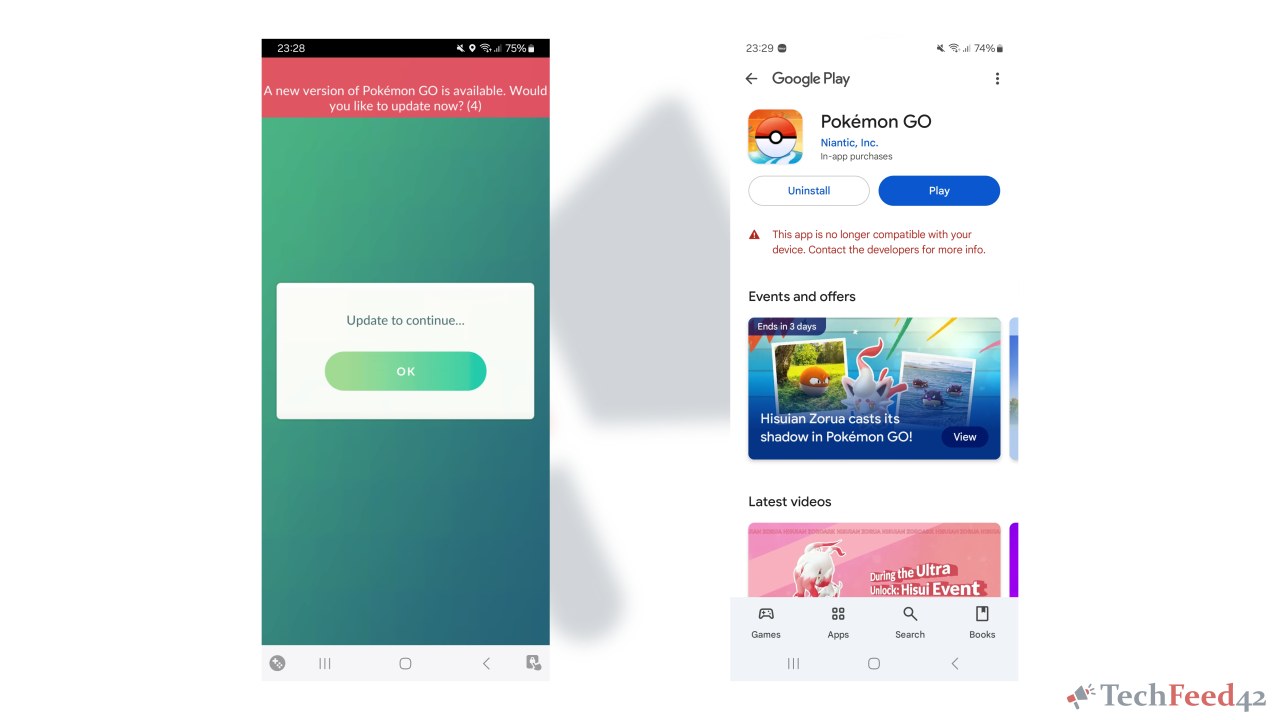
I’m not a big expert when it comes to phones or tech, so I wasn’t sure what to do next. Luckily, my friend and writing partner Ryan is much more knowledgeable about these things. I explained what happened, and he offered to help us figure out what was going on.
Learning Why the Game Stopped Working
Ryan did some research and quickly uncovered the problem. Apparently, Niantic, the developer of Pokemon Go, decided to stop supporting 32-bit Android platforms. This is something they chose to do even though the game hasn’t seen any major changes or upgrades in years. For many loyal players like my niece, this decision came as a surprise.
My niece’s phone is a Samsung Galaxy A13, which she got only two or three years ago. It has a 64-bit Mediatek chip and runs Android 14, which is still up-to-date. At first, I couldn’t understand why her phone would be considered outdated. But Ryan found out that for some reason, Samsung shipped this phone with a 32-bit version of Android 14, even though the hardware is fully capable of running 64-bit.
So here we are, with a phone that’s only about two years old, still receiving updates, and technically powerful enough for today’s apps – yet it no longer works with Pokemon Go.
Feeling Let Down by Pokemon Go and Android
It’s hard not to feel disappointed about this whole situation. My niece has invested years into this game. She has built up an amazing collection of Pokemon and logged a huge amount of progress. She’s been part of the Pokemon Go community since almost the very beginning. Now, just because she isn’t using the newest and most expensive Android phone, she can’t play anymore.
This makes me question how much Niantic really values their longtime players. Not everyone can afford to replace their phone every year just to keep up with a game that hasn’t even introduced significant improvements lately. Dropping support for 32-bit Android may make sense from a technical point of view, but it feels like a poor decision for the players who have kept the game alive all these years.
On the other side, I also feel frustrated with Samsung. Why would they ship a 64-bit device with only a 32-bit version of Android? That choice effectively shortens the usable life of their phones for no good reason. Even if it’s a budget-friendly model, it should still support basic games like Pokemon Go for longer than two years.
What I Learned From This Experience
This experience has taught me a lot about how Android phones, games, and compatibility can sometimes fail the people who use them. When I buy a phone, I expect it to work well for at least several years. And when I play a game for nearly a decade, I expect the developer to care about players who stuck with it for so long.
In this case, both the game and the Android platform let us down. It’s disappointing to see how decisions made by big companies can negatively impact regular players and families who just want to enjoy some time together.
I also learned how important it is to pay attention to the technical details of a phone, even if it seems up-to-date on paper. Not all Android phones running the latest version of the system are truly compatible with every app.
Moving Forward
Right now, my niece and I are trying to figure out what to do next. She doesn’t want to stop playing Pokemon Go, but replacing her phone just for one game feels unfair. We’ll probably keep walking and enjoying our time outside, but it won’t be quite the same without the game we’ve shared for so many years.
I hope that both Niantic and Android phone makers start thinking more about their loyal users and how these decisions affect them. Games like Pokemon Go are meant to bring people together and get them moving. But when compatibility issues like this happen, it can feel like all that progress and all those memories don’t matter anymore.
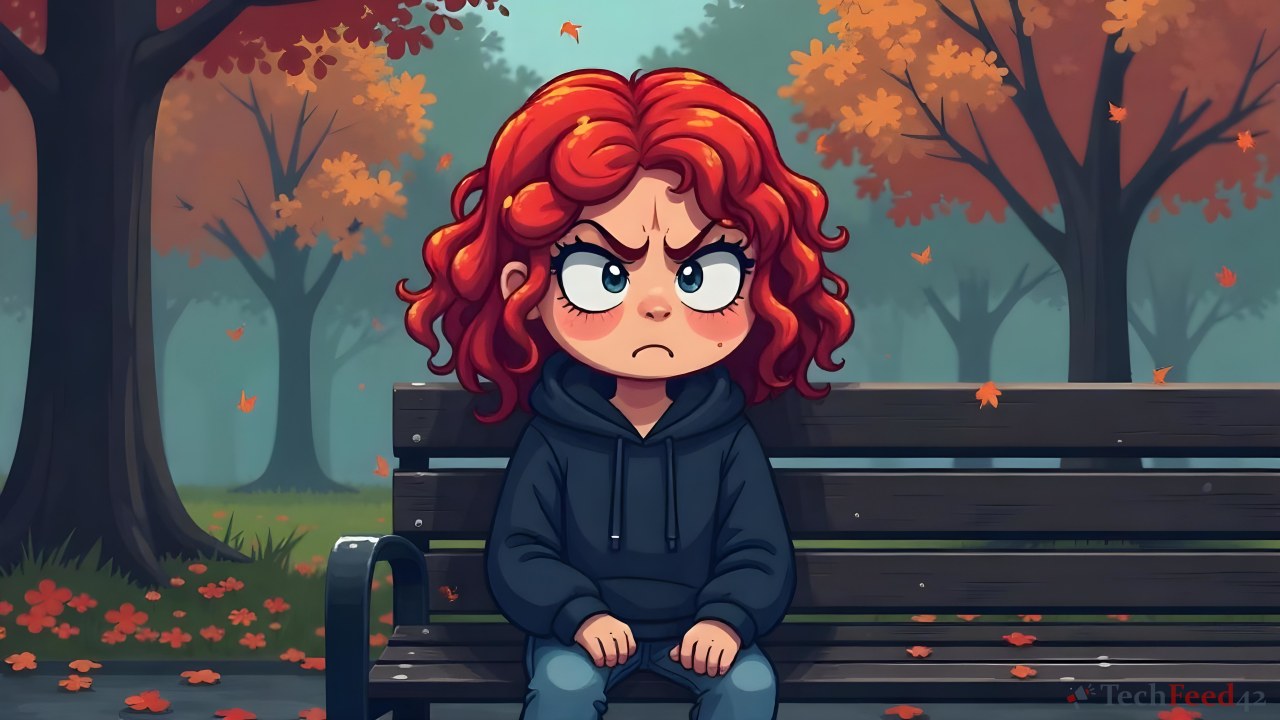
For now, I’ll keep looking for a solution. Maybe one day the game will once again be compatible with her phone, or maybe we’ll find another game that brings us the same kind of joy. Until then, we’ll keep walking, even if it’s without Pokemon Go.
This experience has opened my eyes to the challenges of Android game compatibility and the importance of making thoughtful decisions when it comes to both hardware and software. And it’s also reminded me how much the little moments we share really matter – with or without a game to guide them.
